Ah, Paris in the spring, er, fall. October takes me back to Paris on the David Wiegers 2020 calendar. Given lack of travel in the time of COVID, this is as close to Europe as I have gotten this year. Last year I went only to Costa Rica and Cuba (my “C” year), so it’s been a while since I’ve seen the old country.
I don’t recall offhand how many times I’ve been to Paris. My first trip was the tail end of a London/Paris week back in 2002. Those photos are stuck somewhere in storage as I was still clinging to 35-mm film at the time. I went back a few years later for a few days to get away from the grind. In 2008 I moved to Brussels, Belgium to begin my three-year stint working from my previous company’s European office. That’s where the fuzziness comes in. Soon after arrival I took the ultraspeed train from Brussels to Paris and spent the day at a consortium meeting for a client, and occasional work would take be back. I also had friends and family visit me in Brussels, and usually that meant hopping the train to Paris because, well, everyone wants to visit Paris. I became quite adept at the “highlights tour,” both in the city itself and the Louvre. I’ve also been to Paris once or twice (or thrice?) since I returned to the states and even after quitting my job at that company. It’s been a while since I’ve been so finding this month’s calendar featured photo was a treat.

This particular statue is unique in that it is the work of two men. In 2009, the American embassy commissioned a statue, which was dedicated at the University of Chicago Center in Paris, located a bit upstream on the Seine River from the traditional tourist areas. The structure of the statue itself was created by Henri Marquet. It shows a standing Lincoln with one arm to his side and the other stretched above his head. But all but the head of this structure is covered by the mosaics of Vincent Charra. Interestingly, the original statue structure included an homage to new U.S. President Barack Obama’s “Yes we can” campaign slogan. This was covered up by the mosaics, but the visible pattern does include “Captain O’ My Captain,” Walt Whitman’s poem about Abraham Lincoln following his assassination.
As with other statues in this calendar, I wasn’t aware of this one until after my last visit to the City of Lights. I’m eager to go again.
COVID is keeping me traveling solely by memory and photographs this year, but hope reigns that next year I’ll be back on the road and the air and the sea.
[N.B. The next post will get back to answering rebuttals to my “Rational Case for Removing Confederate Monuments” post.]
David J. Kent is an avid traveler, scientist, and Abraham Lincoln historian. He is the author of Lincoln: The Man Who Saved America, Tesla: The Wizard of Electricity and Edison: The Inventor of the Modern World as well as two specialty e-books: Nikola Tesla: Renewable Energy Ahead of Its Time and Abraham Lincoln and Nikola Tesla: Connected by Fate.
Check out my Goodreads author page. While you’re at it, “Like” my Facebook author page for more updates!



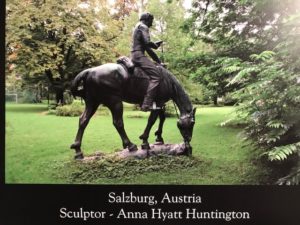 Lincoln is in Salzburg, Austria. I missed it…and yet I didn’t. Each month I explore the statues and locations from the 2020 calendar prepared by David Wiegers. For August we’re in Austria.
Lincoln is in Salzburg, Austria. I missed it…and yet I didn’t. Each month I explore the statues and locations from the 2020 calendar prepared by David Wiegers. For August we’re in Austria.
 Abraham Lincoln had an inquisitive mind, and on July 29, 1836 he sees his first lightning rod. Poor George Forquer was to bear the result of Lincoln’s inquisition.
Abraham Lincoln had an inquisitive mind, and on July 29, 1836 he sees his first lightning rod. Poor George Forquer was to bear the result of Lincoln’s inquisition.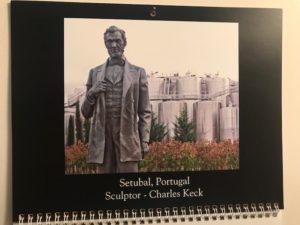 Perhaps one of the oddest locations for an Abraham Lincoln statue is at a winery in Portugal. Which gets us to David Wiegers’s calendar entry for July. And a chance to reminisce on my quick visit to Portugal near the three years I spent living and working in Brussels.
Perhaps one of the oddest locations for an Abraham Lincoln statue is at a winery in Portugal. Which gets us to David Wiegers’s calendar entry for July. And a chance to reminisce on my quick visit to Portugal near the three years I spent living and working in Brussels.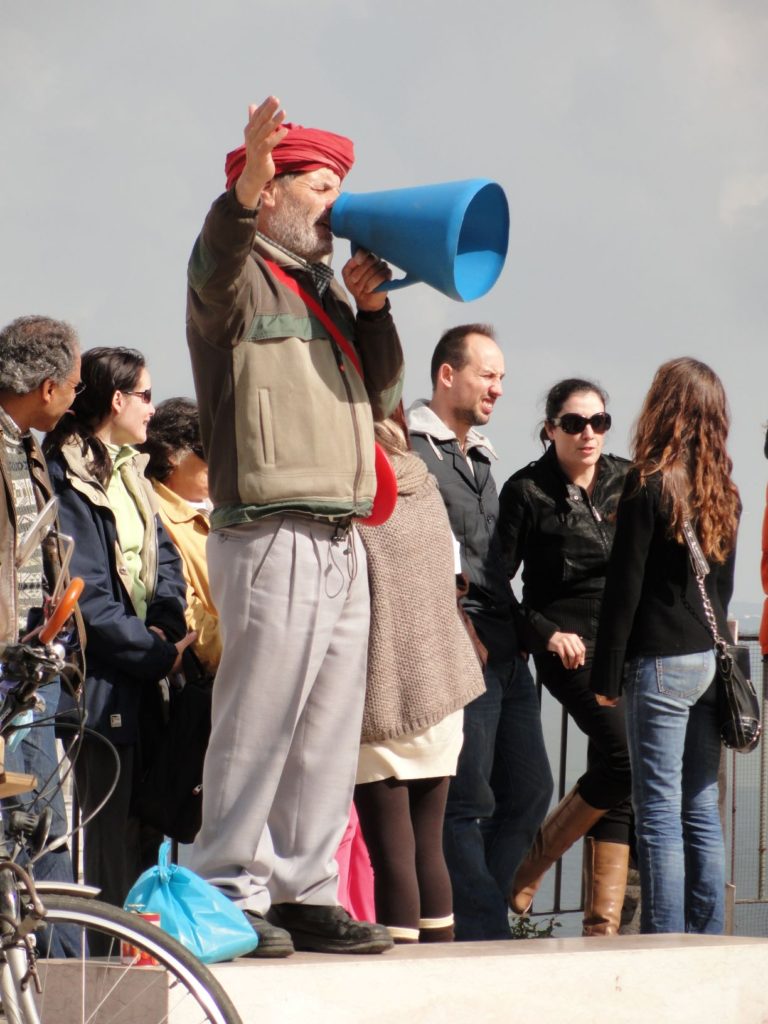
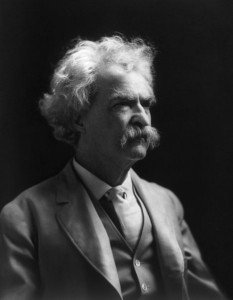 Samuel Clemens, known to most of us by his pseudonym Mark Twain, was born in Hannibal, Missouri on November 30, 1835, shortly after Halley’s Comet had made its regular but rare pass by the Earth. The 26-year-old Abraham Lincoln – an amateur astronomy buff who two years earlier had marveled at the Leonid meteor showers – may very well have been gazing at the skies when Mark Twain came into this world. At that age Lincoln lived in New Salem, Illinois, just a stone’s throw across the Mississippi River from Hannibal. In 1859, Lincoln rode the Hannibal and St. Joseph Railroad to give a speech in Council Bluffs, Iowa. The railroad just happened to be formed in the office of Mark Twain’s father thirteen years before.
Samuel Clemens, known to most of us by his pseudonym Mark Twain, was born in Hannibal, Missouri on November 30, 1835, shortly after Halley’s Comet had made its regular but rare pass by the Earth. The 26-year-old Abraham Lincoln – an amateur astronomy buff who two years earlier had marveled at the Leonid meteor showers – may very well have been gazing at the skies when Mark Twain came into this world. At that age Lincoln lived in New Salem, Illinois, just a stone’s throw across the Mississippi River from Hannibal. In 1859, Lincoln rode the Hannibal and St. Joseph Railroad to give a speech in Council Bluffs, Iowa. The railroad just happened to be formed in the office of Mark Twain’s father thirteen years before.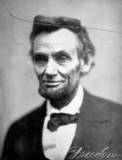 Lincoln floated flatboats down the Mississippi River to New Orleans as a young adult, then took steamboats back upriver. He often piloted steamboats around shoals near his New Salem home. Mark Twain had worked on steamboats on the river for much of his younger years, first as a deckhand and then as a pilot. Being a riverboat pilot gave him his pen name; “mark twain” is “the leadsman’s cry for a measured river depth of two fathoms (12 feet), which was safe water for a steamboat.” In 1883 Twain even titled his memoir, Life on the Mississippi. As we have already seen, Lincoln’s time traveling on and piloting steamboats eventually inspired his patent for lifting boats over shoals and obstructions on the river.
Lincoln floated flatboats down the Mississippi River to New Orleans as a young adult, then took steamboats back upriver. He often piloted steamboats around shoals near his New Salem home. Mark Twain had worked on steamboats on the river for much of his younger years, first as a deckhand and then as a pilot. Being a riverboat pilot gave him his pen name; “mark twain” is “the leadsman’s cry for a measured river depth of two fathoms (12 feet), which was safe water for a steamboat.” In 1883 Twain even titled his memoir, Life on the Mississippi. As we have already seen, Lincoln’s time traveling on and piloting steamboats eventually inspired his patent for lifting boats over shoals and obstructions on the river.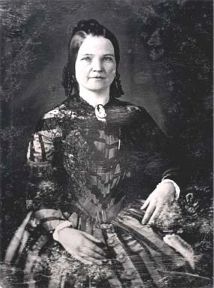 Mary Todd, the future Mary Lincoln, was born on December 13, 1818 in Lexington, Kentucky. She would go on to become one of the most broken-hearted, and often reviled, women in history.
Mary Todd, the future Mary Lincoln, was born on December 13, 1818 in Lexington, Kentucky. She would go on to become one of the most broken-hearted, and often reviled, women in history.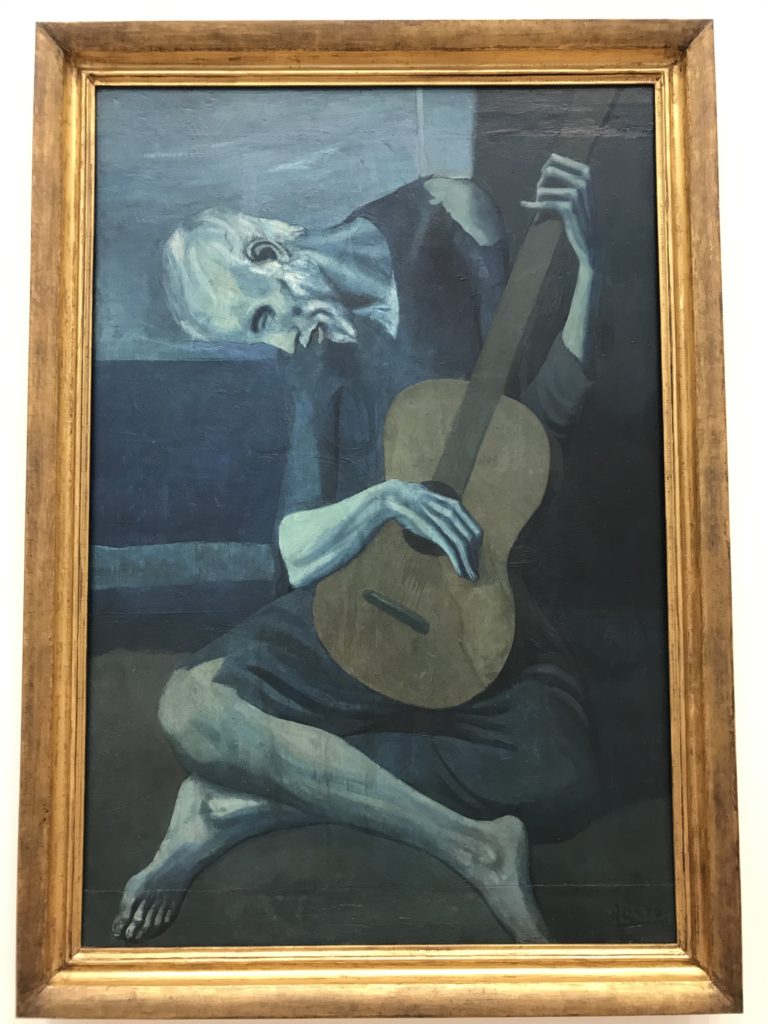
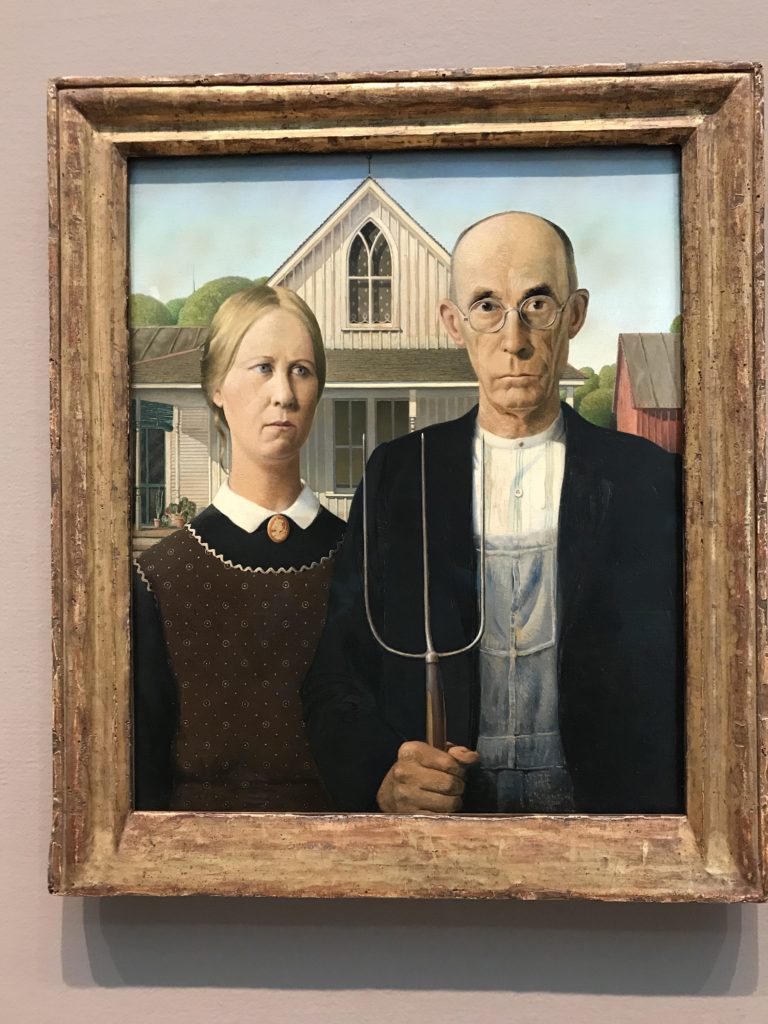
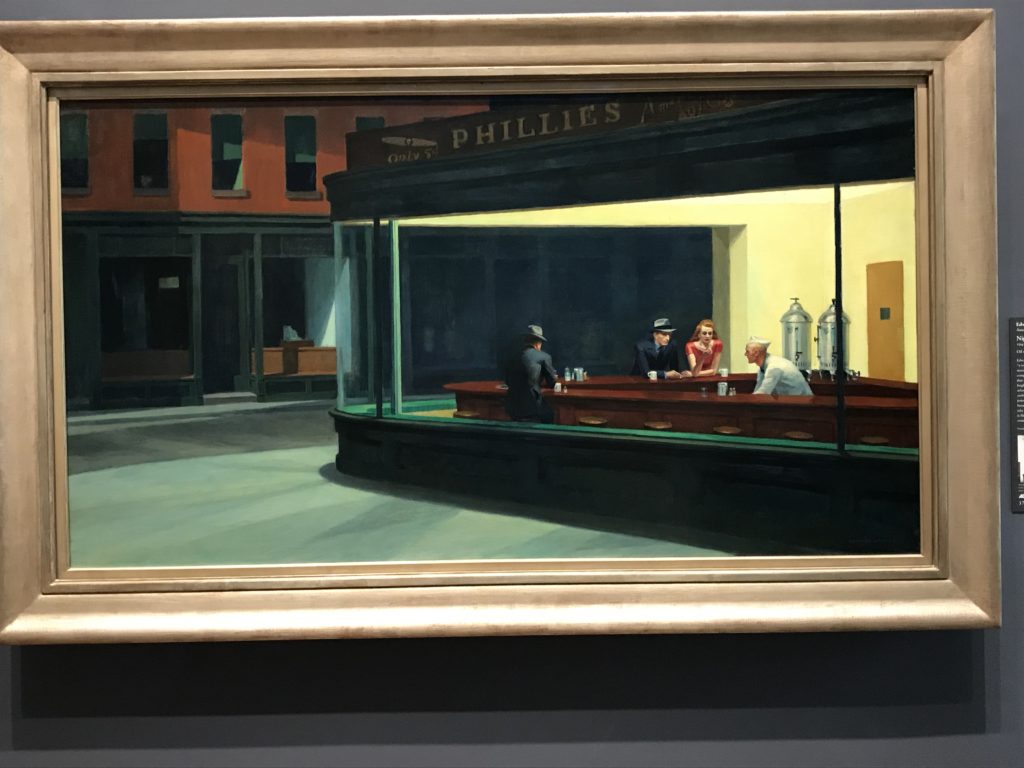
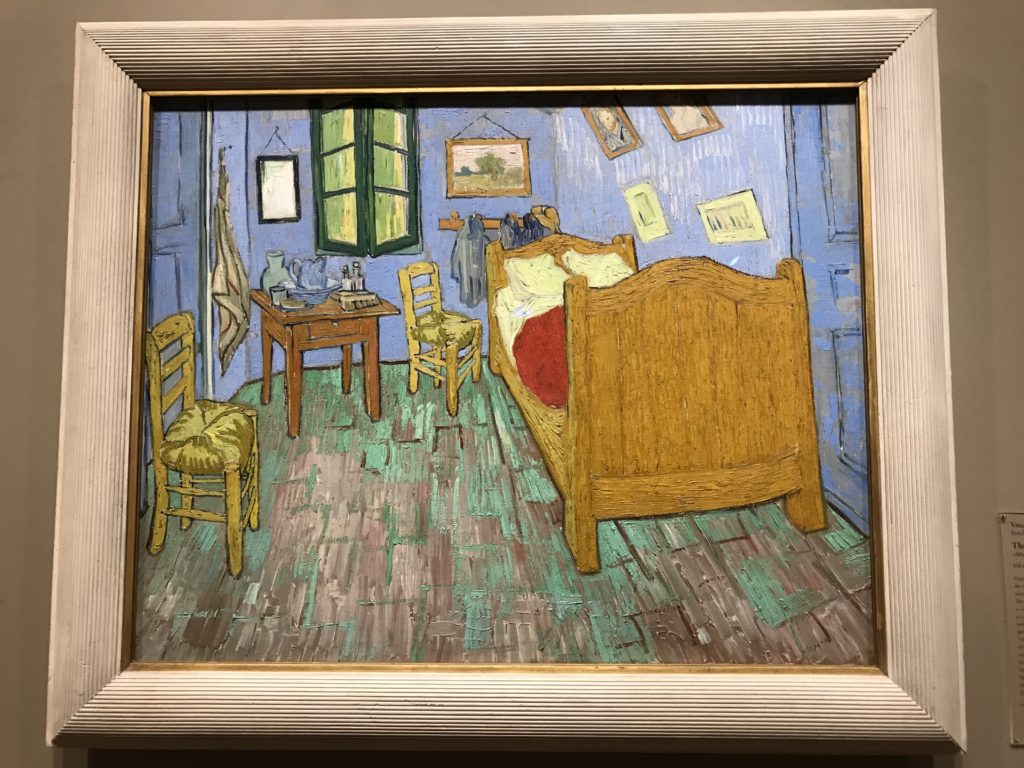
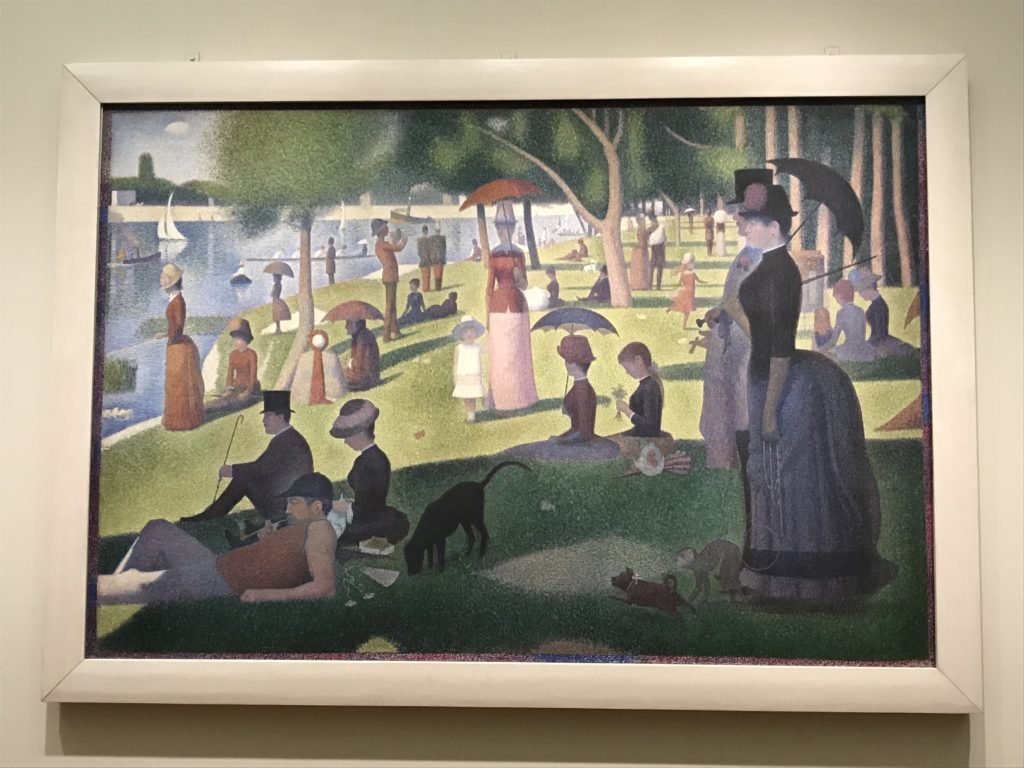
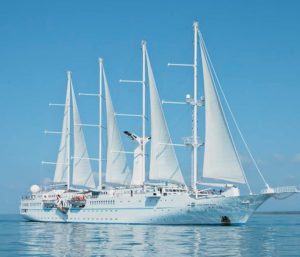 It seems my travel this year has been heavy on places starting with “C.” Soon I’ll add Caribbean Cruise on one of the
It seems my travel this year has been heavy on places starting with “C.” Soon I’ll add Caribbean Cruise on one of the 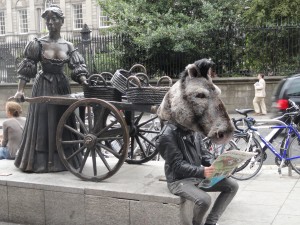 To say that my first real travel experience outside the United States (other than
To say that my first real travel experience outside the United States (other than 






